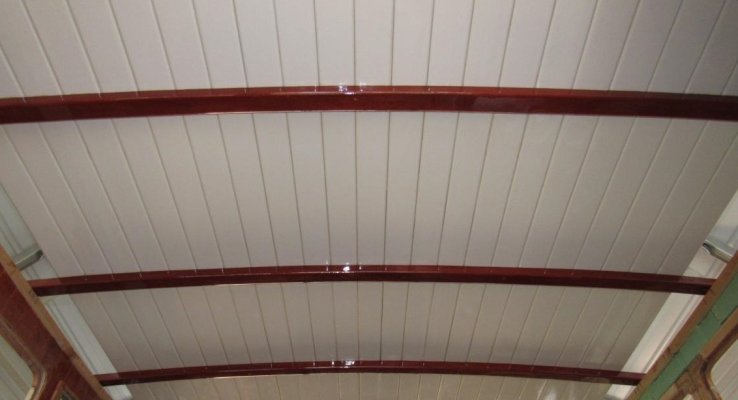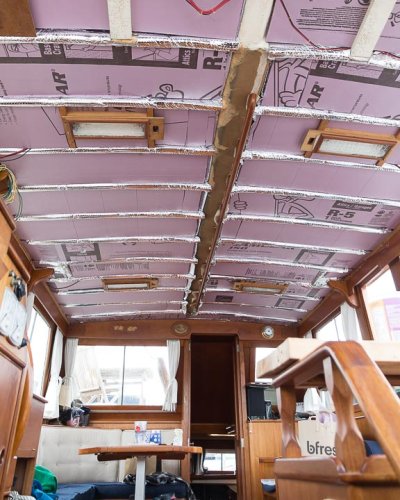Airstream345
Guru
- Joined
- Jul 3, 2017
- Messages
- 1,015
- Location
- United States
- Vessel Name
- FORTITUDE
- Vessel Make
- Kadey Krogen 54-8
Looking for a source for the high gloss, white, single grove panels (like what’s pictured).
Coming up with lots of big box “bead board” paneling but it’s usually fiberboard and I’m worried about it holding up in the marine environment. I’m also looking for grooved or v-grooved not bead board.
The photo is what’s installed in our head, it feels and sounds like plastic?
Hoping the collective wisdom of TF can steer me toward a source.
Thanks in advance!

Coming up with lots of big box “bead board” paneling but it’s usually fiberboard and I’m worried about it holding up in the marine environment. I’m also looking for grooved or v-grooved not bead board.
The photo is what’s installed in our head, it feels and sounds like plastic?
Hoping the collective wisdom of TF can steer me toward a source.
Thanks in advance!





